It’s one thing to talk about scientific concepts and ideas in the classroom, but another to actually see them at work. If you’re looking for a way to give students a firsthand look at erosion, this is a great experiment to do so. In this science experiment, students will answer the question Does Grass Help Prevent the Erosion From Water?
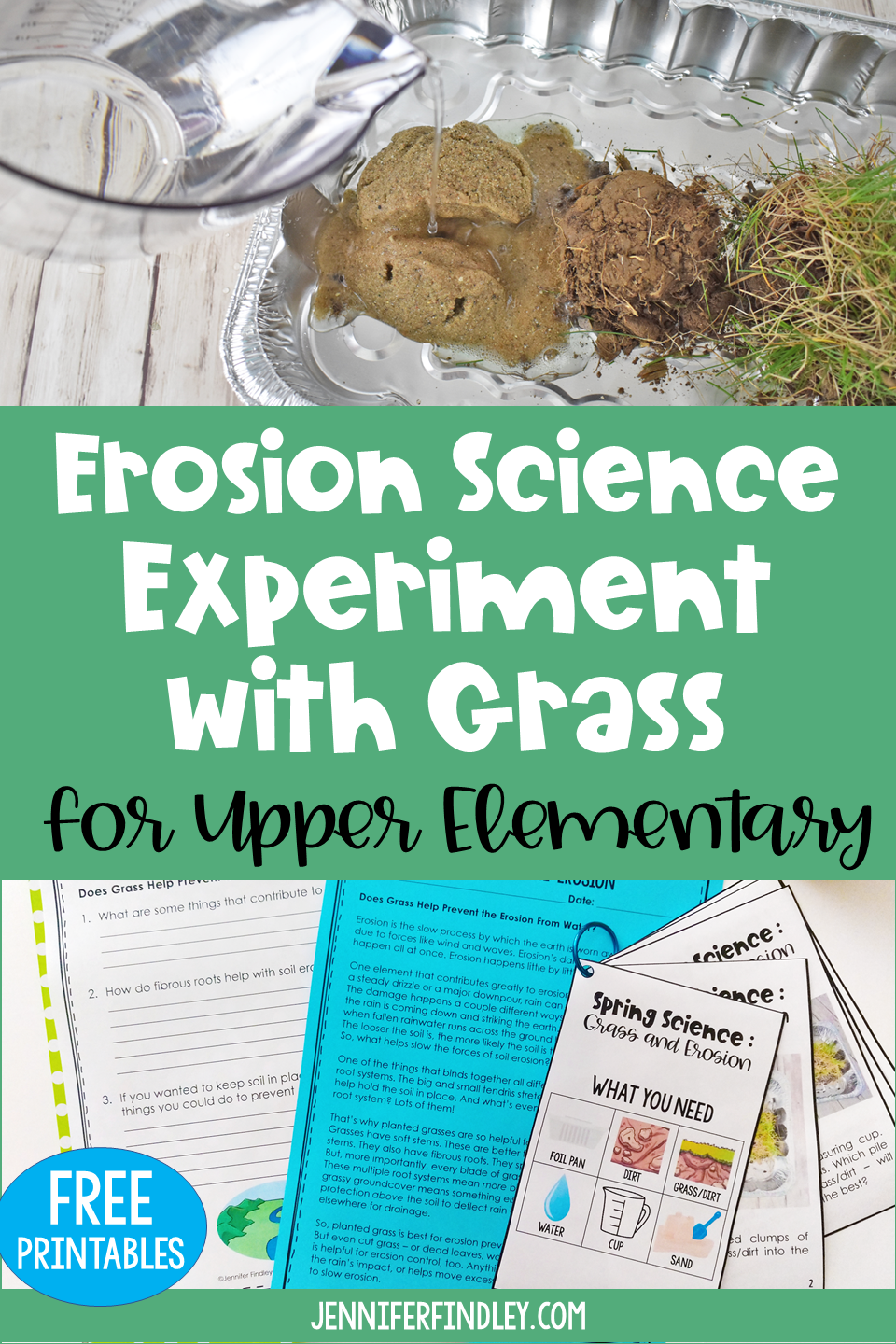
Want to see more spring activities and resources for other subject areas?
Erosion Science Experiment Materials Needed:
- A foil baking pan
- Sand
- Dirt
- Dirt with grass mixed in
- Water
- A pitcher or cup to pour water from
- Free passage and comprehension questions download (at the end of this post)
Erosion Science Experiment Directions
1. Place tightly packed clumps of sand, dirt, and grass/dirt into the foil pan.
2. Add water to a measuring cup. Make your predictions. Which pile – sand, dirt, or grass/dirt – will stand up to erosion the best?
3. Gently and slowly pour water over each of the piles.
4. You can tell from this photo that grass does help to prevent erosion from water. The clump of dirt with grass on top pretty much stayed in tack, with minor mudflow.
The Science Behind the Erosion Experiment
One element that contributes greatly to erosion is rain. Whether it’s a steady drizzle or a major downpour, rain can do a lot of damage. So, what helps slow the forces of soil erosion?
One of the things that binds together all different kinds of land is root systems. That’s why planted grasses are so helpful for erosion prevention. Grasses have soft stems and are better for binding than woody stems. They also have fibrous roots that spread out in all directions.
So, planted grass is excellent for erosion prevention because it helps bind the soil.
After the Experiment Reading Activity
I like to incorporate reading and writing into every science experiment, activity, or demonstration that we do and this is no exception.
For this activity, the students will read a short text that describes the science behind it (similar to what is explained above for the teacher’s reference). Then the students will use the details they learned in the text to explain what happened during the science experiment. They will also answer three comprehension questions using details from the text.
The questions your students will answer include:
- What are some things that contribute to erosion?
- How do fibrous roots help with soil erosion?
- If you wanted to keep soil in place, what are some things you could do to prevent soil erosion?
After reading the passage and answering the questions, you can invite your students to share their responses and have a classroom discussion about erosion.
How Can I Get the Free Printable?
Click here or on the image below to get the freebie that accompanies this erosion science experiment.
What are your favorite spring science activities or STEM activities? Let me know in the comments! I am always looking for new science experiments that my students will love.
If you want more resources and even freebies for spring, check out my recommended activities, such as math worksheets, egg hunt activities, review game ideas, printables for read alouds, engineering with jelly beans, science experiments involving flowers and seeds, and more.
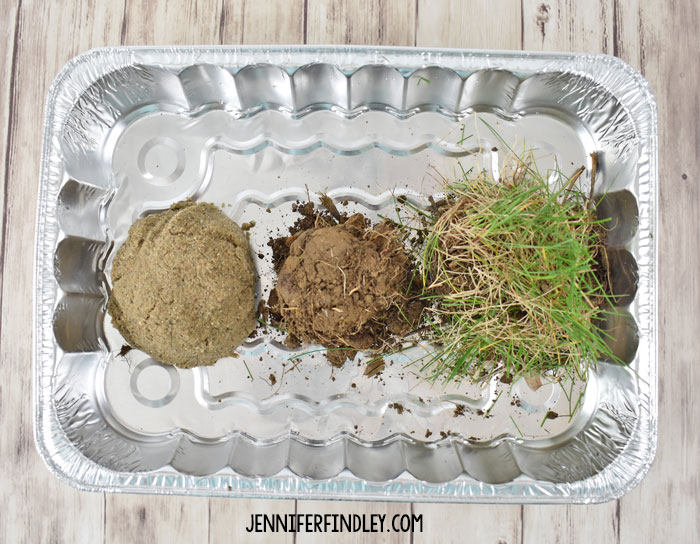

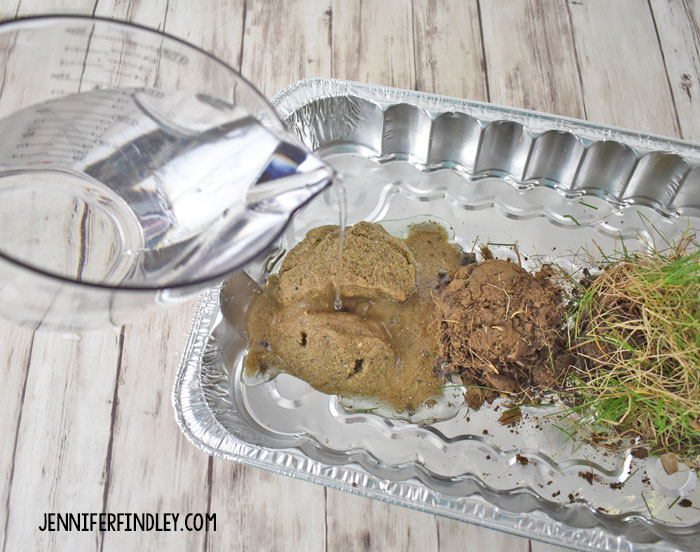
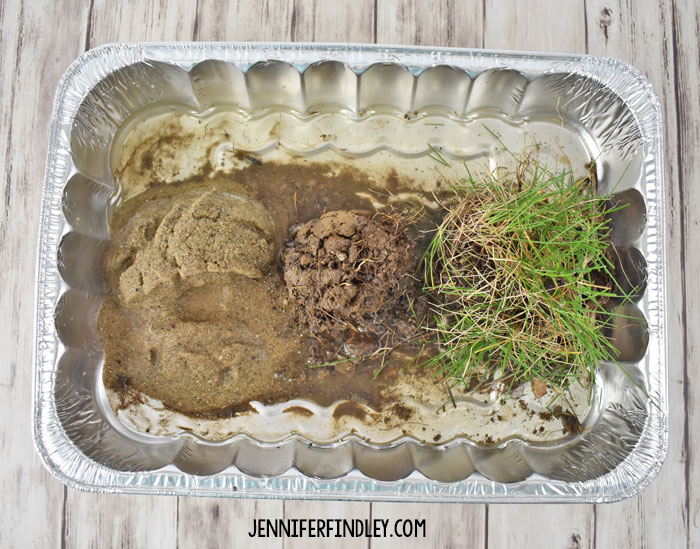

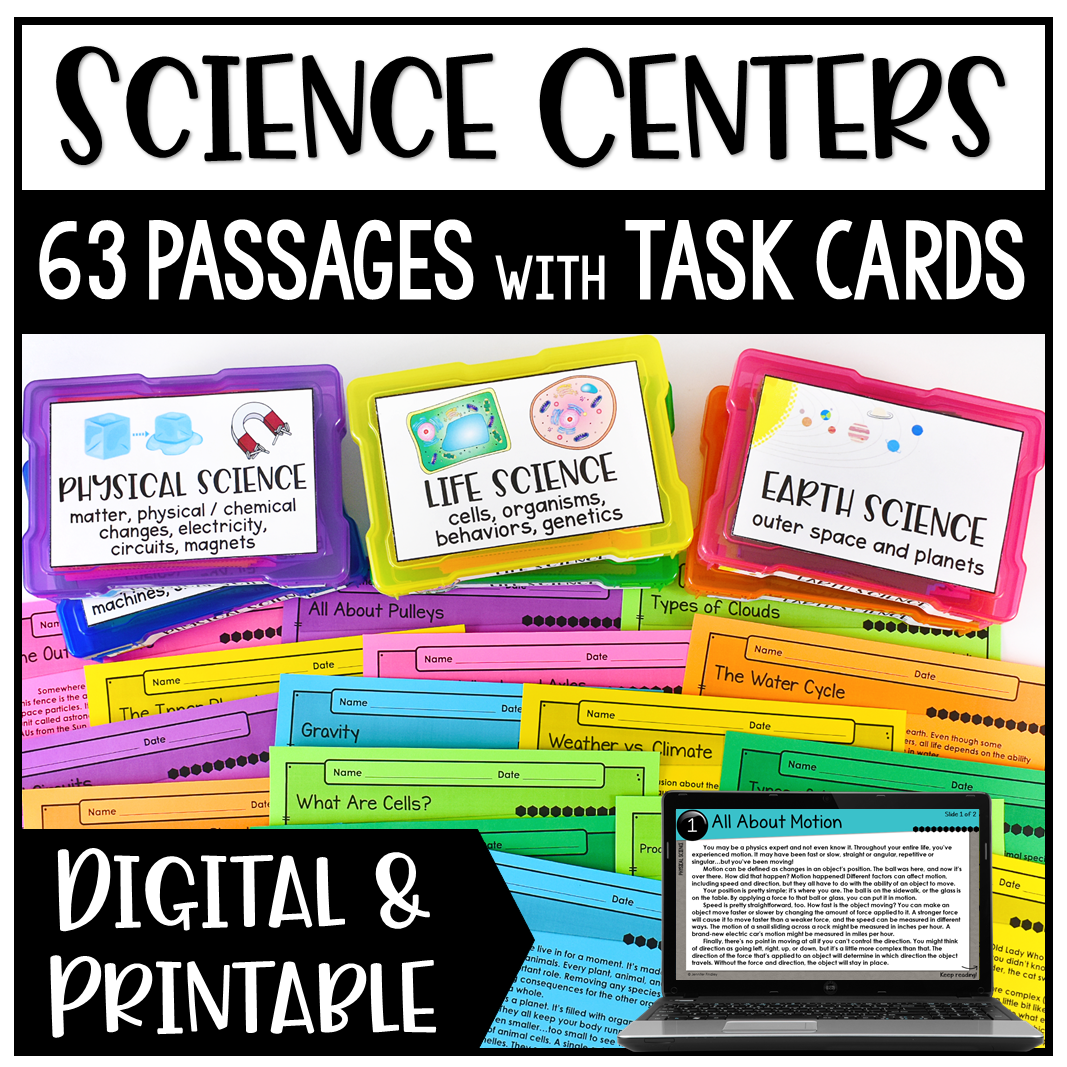

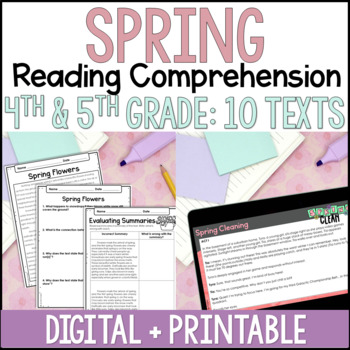






Leave a Comment